Understanding Lung Surgery
Surgery is often done to get a closer look at the inside of the lungs, take out tissue for testing, and to help treat lung problems. If a mass or tumor is found in the lung, surgery can be used to find its cause. If needed, the mass may also be removed. Surgery can be done for other conditions, too, such as a collapsed lung or fluid around the lung.
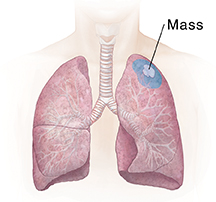 |
| Wedge resection removes a small part of a lobe. |
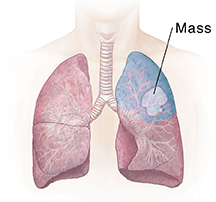 |
| Segment resection removes a larger part of a lobe. |
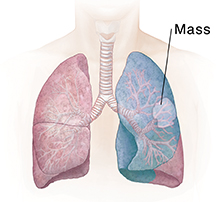 |
| Lobectomy removes an entire lobe. |
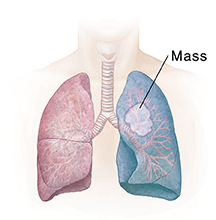 |
| Pneumonectomy removes the entire lung. |
A lung mass or tumor
If a tumor has been found in the lung, a tissue sample (biopsy) can be removed. This piece of abnormal tissue is tested in a lab to find out if the growth is not cancer (benign) or is cancer (malignant). The tissue near the tumor can also be examined to see if the tumor has spread. If the tumor needs to be removed, its size, location, and spread determine how much of the nearby lung also needs to be removed. Removing part or all of a lung is called a lung resection.
A collapsed lung (pneumothorax)
If part of the lung wall breaks or ruptures, air may leak into the pleural cavity. This is the space between the lungs and the chest wall. If air collects here, the lung may collapse. This is known as pneumothorax. There are several types of pneumothorax with different causes. Pneumothorax can be caused by diseases such as pneumonia or COPD (chronic obstructive pulmonary disease), trauma or injury to the chest, or activities with dramatic changes of air pressure. Tubes placed with surgery can drain air from the pleural cavity so the lung re-expands. During surgery, the wall of the lung can also be fixed so it's less likely to collapse again.
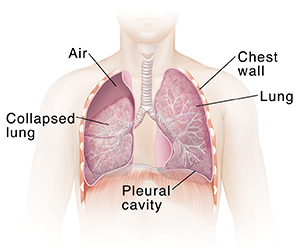 |
| Removing air allows a collapsed lung to expand. |
Fluid around the lungs
Fluid may collect in the pleural cavity. This is the space between the lungs and the chest wall. One common cause of fluid around the lungs is a lung infection. This may be a complication of certain types of surgery or an illness, such as pneumonia. Hemothorax is when blood builds up in the space around the lung. This is usually from chest injury or trauma. During surgery, chest tubes can be placed in the pleural cavity to drain the fluid, allow the lungs to expand, and help the lungs heal.
Lung volume reduction surgery
Lung volume reduction surgery (LVRS) might be done for someone with emphysema or COPD that's not responding to other treatments. A part of each diseased lung is removed. This helps to open up the airways, so air can travel through them more freely. Since the size of the lungs is reduced, the muscle under the lungs (the diaphragm) has more room to move. This helps get more air in and out with each breath. LVRS may make it easier to breathe, but it’s not a cure for COPD.